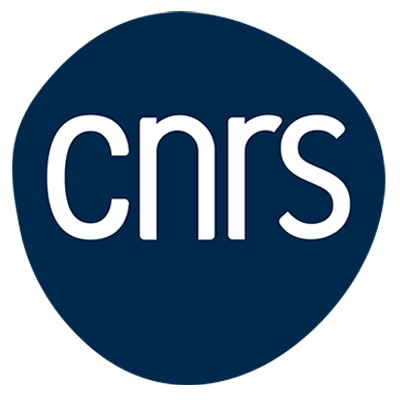IRP SoCNetMM
French-Australian IRP in biologyIRP SoCNetMM
2020 – 2024
Contact:
Isabelle Charrier (NeuroPSI, CNRS), isabelle.charrier(at)u-psud.fr
Rob Harcourt (MPRG, Macquarie University)
robert.harcourt(at)mq.edu.au
IRP SoCNetMM
News

Australian sea lion pup approaching the speaker during a playback test using the calls of its mother (credit: I. Charrier)

Visual discrimination experiment on Australian sea lion mother (credit: I. Charrier)

Setting the camp for a one-month fieldwork trip on Olive Island (South Australia) (credit: I. Charrier)
Introduction
The IRP SoCNetMM (Social Communication Network in Marine Mammals), managed by Isabelle Charrier (UMR9197 CNRS Paris Saclay Institute of Neuroscience) in collaboration wit Pr. Robert Harcourt (Macquarie University) started in 2020 but is the follow-up of the LIA MCoMM (Multimodal Communication in Marine Mammals, 2015-2018).
Missions and research themes
Sensory information used in animal communication is complex and understanding how it is produced, emitted, transmitted, and then perceived and integrated is a challenge for biologists. The task becomes even more complex when considering multiple sensory modalities. Among animals living in social groups, individuals form communication networks that are essential to mediate social interactions. Signalling individual identity and other phenotypic traits can facilitate social interactions, mate selection and intra-sexual competition. The perception of such information can have strong impact on the breeding success of individuals, as well as on their survival rate. We propose to explore the social communication network in Australian sea lions (ASL) in a highly innovative project which will provide essential information on how vocal, olfactory and visual signals are used in social recognition at different levels of relationships: mother-pup recognition, male-male assessment, kin-recognition for inbreeding avoidance, and recognition between adult social partners. The functions of several sensory channels will be assessed by experimental manipulations to understand which sensory cues are essential, and in which context, to establish individual recognition and how they regulate individual behaviour and social networks.
MAIN PROJECTS OF RESEARCH
– Investigation on sensory modalities and their interactions: olfactory recognition and olfactory abilities in air and under water; individual visual recognition, cross-modal recognition.
– Social Network and communication: vocal and olfactory cues to avoid inbreeding; male breeding strategy and vocal assessment; social interaction and vocal recognition in pups.
– PhD funding(s)
– Involvement of French and Australian master students
institutions and laboratories involved
France
- Isabelle Charrier, NeuroPSI (Paris Saclay Institute of Neuroscience) UMR CNRS 9197 – Université Paris Saclay
- Benoist Schaal, CSGA (Centre des Sciences du Goût et de l’Alimentation) UMR CNRS 6265 – Université de Bourgogne
- Gérard Coureaud, CRNL (Centre de Recherche en Neurosciences de Lyon), UMR CNRS 5292 – Université de Lyon
- Nicolas Barthes, Aurélie Célérier, Sylvia Campagna, CEFE (Centre d’Ecologie Fonctionnelle et Evolutive (CEFE), UMR CNRS 5175 – Université de Montpellier.
Australia
- Robert Harcourt, MPRG (Marine Predator Research Group), Macquarie University
- Benjamin Pitcher, MPRG (Marine Predator Research Group), Macquarie University & Taronga Conservation Society Australia, Sydney.

Acoustic recording of an Australian sea lion mother (credit: I. Charrier)

Collection of scent samples on Australian sea lion pup (credit: K. Wierucka)

Behavioural observations of Australian sea lion male (credit: I. Charrier)
